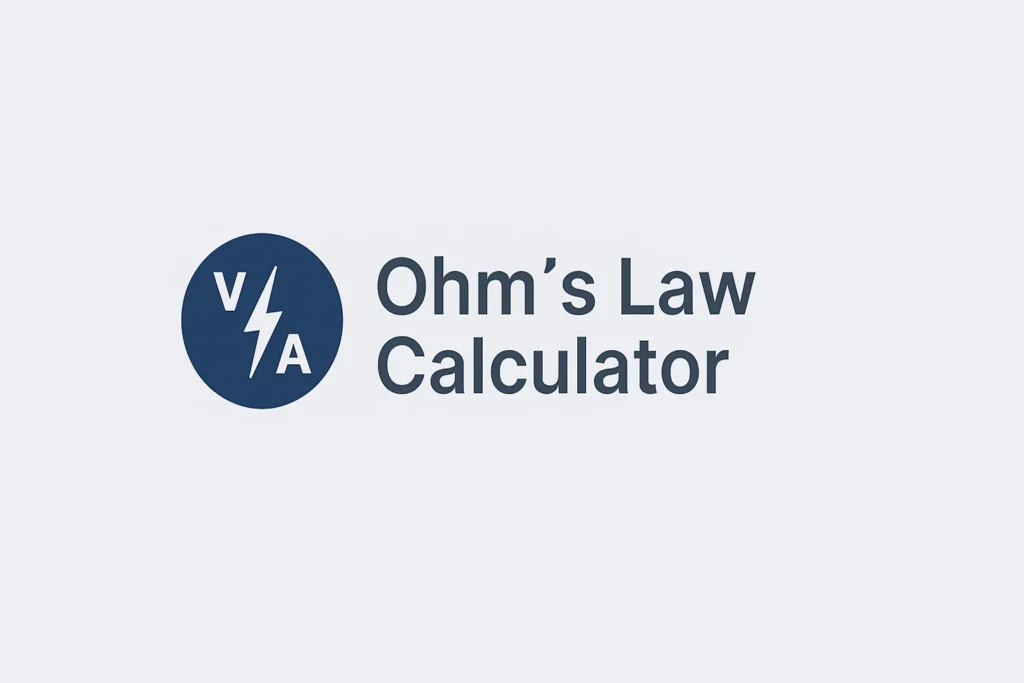Mirror Equation Calculator
Solve for Focal Length ($f$), Object Distance ($d_o$), or Image Distance ($d_i$)
Calculate a Variable
The Mirror Equation Explained
The Mirror Equation is a fundamental principle in geometric optics that relates the focal length of a spherical mirror to the distances of the object and the image formed. It is crucial for understanding how light rays interact with curved mirrors (concave and convex) to produce images.
$$ \frac{1}{f} = \frac{1}{d_o} + \frac{1}{d_i} $$
- $f$: Focal Length (m). Positive for concave mirrors, negative for convex mirrors.
- $d_o$: Object Distance (m). Always positive for real objects.
- $d_i$: Image Distance (m). Positive for real images (in front of the mirror), negative for virtual images (behind the mirror).
This equation allows physicists and engineers to predict the location and nature of an image based on the properties of the mirror and the object’s position. This tool uses this relationship to solve for any of the three variables when the other two are known.
How to Use This Calculator
- Select the Variable: Use the clickable buttons at the top (“Select the variable to calculate:”) to choose which quantity you need to find ($f$, $d_o$, or $d_i$).
-
Enter Known Values: Input the values for the two known variables (in meters, $m$) into the appropriate fields. Ensure you use the correct sign convention:
- Concave mirrors: $f > 0$. Convex mirrors: $f < 0$.
- Virtual images: $d_i < 0$. Real images: $d_i > 0$.
- Calculate: Click the “Calculate Result” button.
- View Result: The calculated result will appear in LaTeX format in the **Result** box, rounded to two decimal places unless it is an exact integer.





